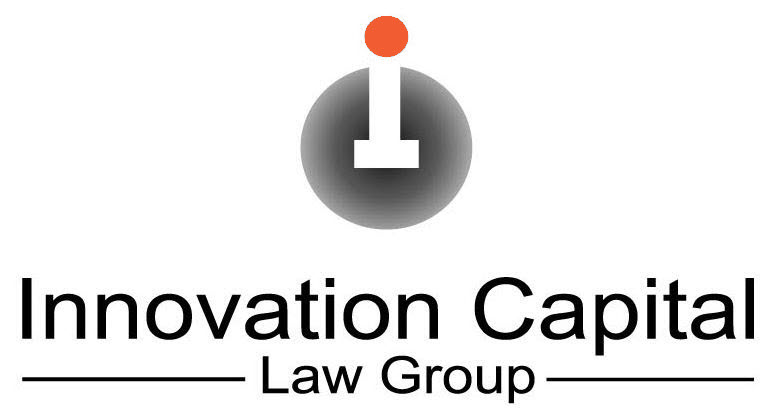What is a trademark Office Action?
A trademark Office Action is a letter issued by the USPTO examiner reviewing your trademark application. Actually, a USPTO trademark examiner is called an examining attorney. Here are some practical tips on how to respond to a trademark Office Action.
Need to respond to a trademark Office Action? Contact US patent and trademark attorney Vic Lin at vlin@icaplaw.com to request a flat rate quote for a response.
What are the types of issues raised in trademark Office Actions?
In general, there are two types of issues raised in trademark Office Actions:
- registration refusal; and
- requests for clarification, modification and/or disclaimer.
To request a free initial consultation or an estimate for a trademark Office Action response, send me your trademark application details.
What are substantive vs. non-substantive trademark Office Actions?
Office Actions that refuse registration are sometimes referred to as substantive Office Actions. A non-substantive Office Action typically requests more information from the client. For example, the examining attorney may seek:
- a disclaimer of a generic term
- amendments to the identification of goods and services
- more information about the products or services identified in the application
- revisions to the description of the mark
- additional USPTO filing fees due to the identification of goods/services covering more classes than what was originally paid
- a clearer image file (JPG) of a logo
- better or additional specimens of use
What are common trademark application rejections?
Common grounds for rejecting a trademark application include:
- likelihood of confusion over a previously registered mark or prior-filed application; and
- mere descriptiveness.
The risk of a likelihood of confusion rejection may be reduced by conducting a knockout search prior to filing a trademark application. This gives the applicant an opportunity to gauge the risk of a rejection and, if necessary, pivot to a different mark.
An experie
When is the deadline to respond to a trademark Office Action?
Except for Madrid applicants, the trademark Office Action deadline is now 3 months from the issue date of the Office Action. If you need additional time, a request for a 3-month extension must be filed by the 3-month deadline, thereby giving the applicant an extended deadline of 6 months from the Office Action date.
Madrid Office Action Response
For Madrid applications under section 66(a), the deadline for response is 6 months from the date the USPTO sent the Office Action to the International Bureau (WIPO), and not the date of notification by WIPO to the holder. A licensed US attorney will be qualified to file a trademark Office Action response with the USPTO. In contrast, patent agents and non-lawyer agents are not qualified to file a response.
Make sure you calendar this deadline if you haven’t yet engaged a trademark lawyer.
Office Actions for Madrid Protocol applications typically contain suggested modifications to the identification of goods/services. If the Office Action for a Madrid application does not contain any substantive refusals, then it is fairly straightforward to file a response adopting the examining attorney’s suggested identification. The blanks indicated by any [bracketed sections] should be sufficiently filled in when providing a revised identification of goods/services.
How do you respond to a non-final Office Action?
The first Office Action issued in a trademark application is non-final. The applicant will have an opportunity to respond to the Office Action. To be complete, all issues raised in the action must be adequately addressed.
The timing of your Office Action response may involve some strategy worth discussing with your trademark counsel. For example, suppose a registration with a renewal coming due in less than 6 months is cited against your application. In this case, it may be worthwhile to defer the response. After a few months, check the status of the cited registration to see if a renewal has been filed. If not, you might be able to save the cost and hassle of preparing arguments. So delaying the response might help you avoid expensive legal arguments.
How do you respond to a Final Office Action?
If the examining attorney is not convinced by the arguments in your response to the non-final Office Action, a Final Office Action will be issued. Final Office Actions are fairly when marks are rejected on the basis of a likelihood of confusion or mere descriptiveness. Instead of repeating the same arguments, you will want to argue new or different points to respond to a final trademark Office Action more effectively.
Request for Reconsideration
In response to a Final Office Action, you have a few options. First, you may file a Request for Reconsideration if you have new issues and new evidence [TMEP 715.03]. Second, you may appeal to the Trademark Trial and Appeal Board (TTAB).
Notice of Appeal
If the USPTO trademark examining attorney does not issue a favorable decision in response to the request for reconsideration within 6 months of the date of the Final Office Action, the applicant must file a Notice of Appeal with the TTAB by the 6-month date from the Final Office Action. If a decision on the request for reconsideration has not yet been rendered, the applicant may request suspension of the appeal upon filing the Notice of Appeal. Otherwise, the appeal brief is due 60 days from the filing date of the Notice of Appeal.
It may be appropriate in certain situations to request suspension of the application if the determination of a particular issue hinges on the outcome of a third party registration or application.
Need to respond to a trademark Office Action?
Contact patent and trademark attorney Vic Lin at vlin@icaplaw.com to see how we can help you respond to a trademark Office Action and get your trademark registered.


